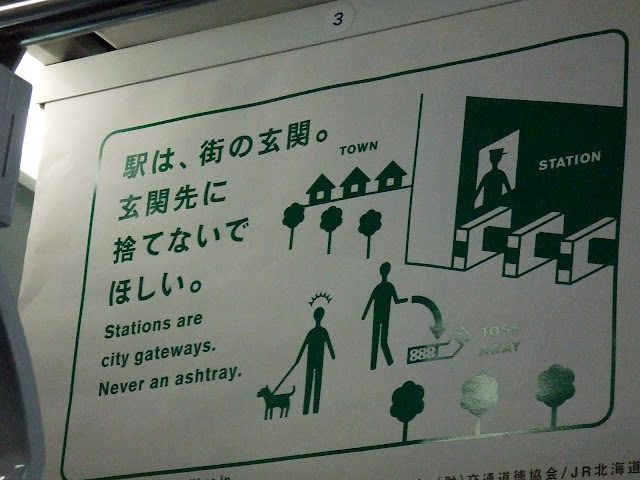When you've got nowhere else to go in the middle of the night, a
manga kissa is surely the place to go. BUT BEWARE OF THEIR RULES. Take it from me. I had to learn it the hard way...

5am.
Was looking for a place to crash after clubbing in
Shibuya, a place with shower facilities would be good. So I tried to check into
Manboo in Center-
gai. It was full. Bummer.
I went next to
Manga Hiroba across the street. No shower rooms, no big deal. I can wait till
Manboo has a cubicle for me.
8am.
Back at Manboo. I finally got a cubicle and place to shower. Or so I thought before I found out about:
Rule #1:
To use the shower room, you MUST reserve it ahead of time.
There's only ONE ladies' shower room at Manboo and I expect it's the same with the men's shower. And even if no one's using it, you can't go right ahead to shower. The ever-watchful receptionist will take care that you don't.
And FYI, I made my reservation. There were 8 people ahead of me... and that meant I had to wait 4 hours. Which was a huge pain because:
Rule #2:
You're stuck inside until you check out.
I tried to get out, didn't think there was anything wrong with it. And I got stopped at the exit.
=====================
I learnt a few days later, that not all manga kissas play by the same rules.
A Japanese friend has told me of a manga kissa in the Meguro area, which has more than one shower room. Reservations for the shower room are not needed.

I've also explored a couple of other
manga kissas after
Manboo and I found
Chi•Kou•Raku to be a friendly one.
It's the one at
Kaminarimon in
Asakusa and it allows you to hang out outside as long as you've settled your bill — something which I did as it was their policy to do so anyway.
Moral of the story? If you simply wanna use the Internet, watch movies, read comics or waste time, then just walk in. But if you're looking to shower or find a more comfortable spot to crash, it wouldn't hurt to scope out the place beforehand.




















